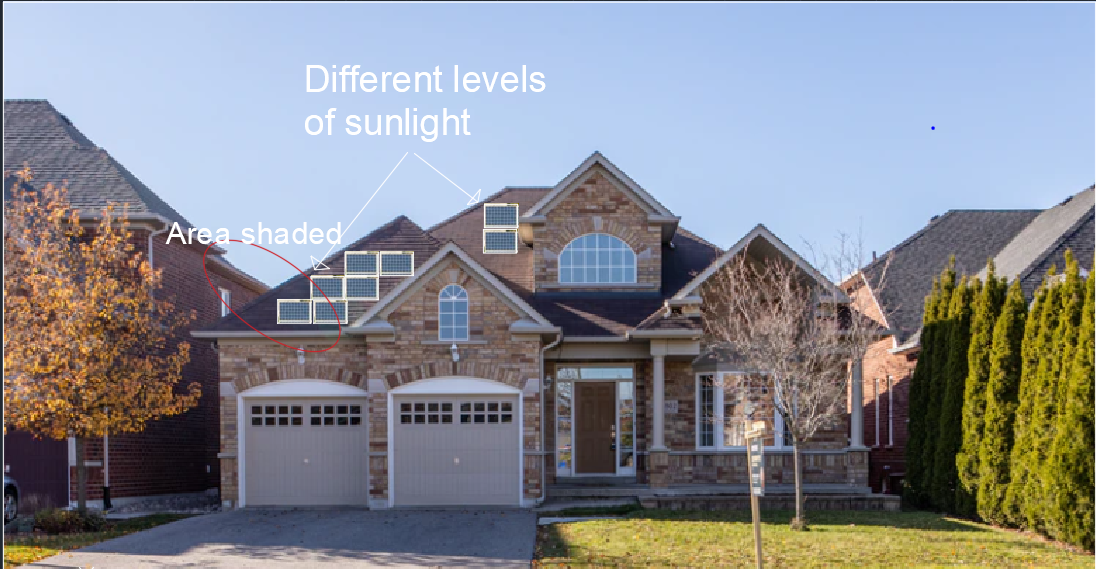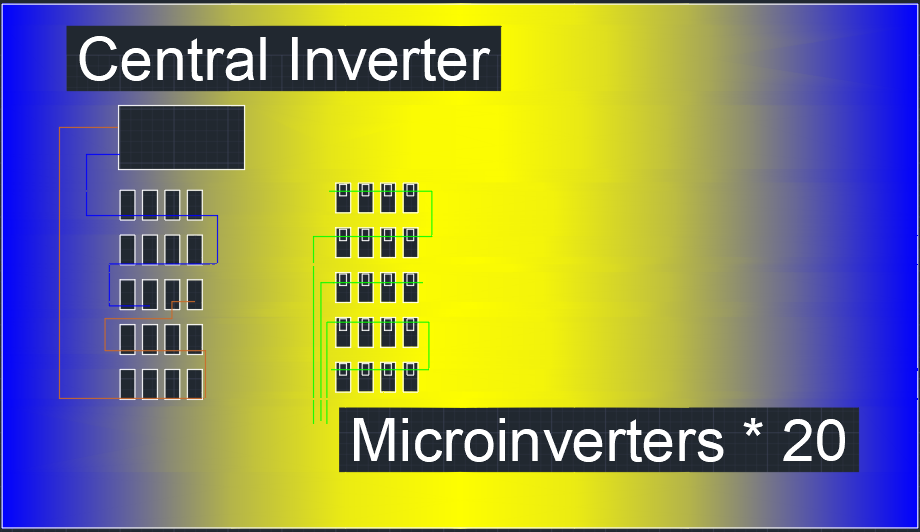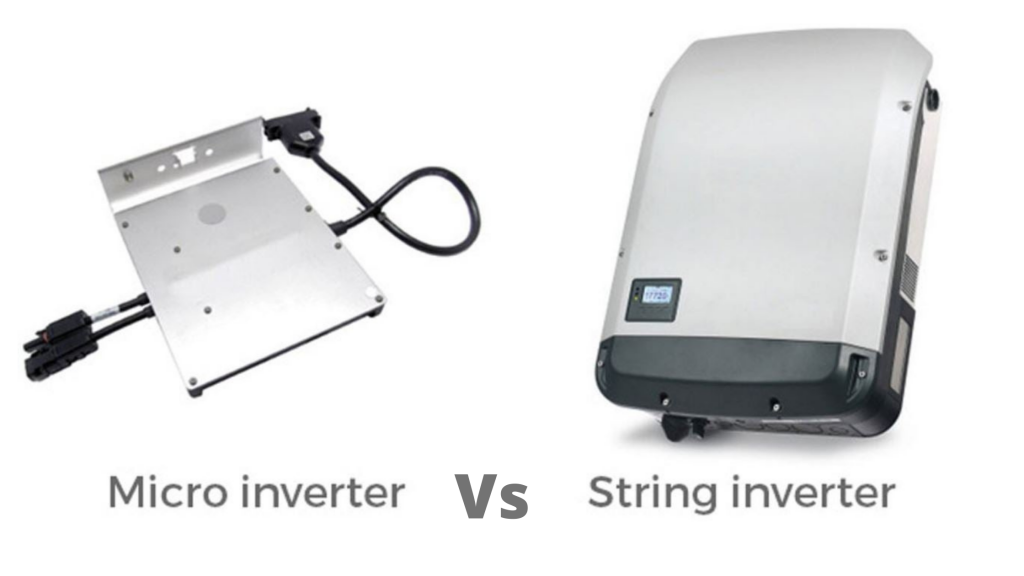String Inverters vs Micro Inverters: What’s Best?
So when considering getting a solar installation it is important to consider shading at the site and how that will affect your system’s performance. In this article, we explain comparison between string inverters vs micro inverters, and how they stack up against each other for use in your solar energy system.
String Inverters vs Micro Inverters Performance in Solar System
Basically, it is well established in the research that the performance of a system with microinverters is better than the performance of a system with a central string inverter.
This is due to the fact that modules will not all be receiving equal sunlight conditions at all times, some modules will naturally receive lower amounts of sunlight due to cloud shading, dust on modules and another shading from nearby objects.
For these reasons it is a good idea to install with micro inverters, particularly at sites with severe shading from trees, however, micro-inverter systems have a higher cost to purchase than the standard string inverter system where one inverter will receive power from the whole array, e.g 20 modules will feedback to one inverter.

For systems with microinverters, such as the Enphase microinverters, the performance ratio is higher, meaning the power actually delivered by the system is closer to its rated output when microinverters are used than when only a single central inverter is used.
Why do microinverters help to produce more power than a central string inverter?
This is because each individual module in a string, a group of panels, when attached to a central inverter can only output as much power as the worst shaded module due to the fact that the current must be the same through each module because of the nature of DC current producing devices.
So what this means is that with a central inverter the modules in the sun will be producing the same as the modules in the shade.
However with microinverters, which are small electronics attached to each individual module, each module will be outputting AC power so the current outputted from the modules can be different due to the fact that the AC power will add together via a rule called a superposition of signals, these means that the modules in the sun will be able to produce a higher current then the modules in the shade whilst the voltage of the microinverters are set to the voltage of the local grid.
A diagram below shows 20 microinverters is attached below which shows each module having a small electronic box attached to it rather than one large electronic device for the system with the central inverter

So, for example, you could purchase a Fronius central inverter for a sunny site with 20 solar modules of 330W each to create a 5kW system.
If you have a shaded site you could install 20*IQ7A Enphase microinverters to create a 6.98kW system with the same 330W modules.
The Fronius inverter will cost less than the 20 Enphase microinverters however for shaded sites the 20 Enphase microinverters will generally allow you to earn more on your investment over the lifetime of your system than a single string inverter even though the upfront cost is higher.
What you have to consider is the long term performance of the system under sunny, partially shaded and cloudy conditions, when considering the long term performance of a system such as shown n the above image microinverters would allow the most sensible option for your investment due to the shade from the neighbouring house.




 1300-713-998
1300-713-998